Why you can trust TechRadar
When the Gear 2 launched there wasn't a lot out there in terms of the smartwatch market, which is why Samsung has put so much effort into becoming a leader before Apple joins the fray.
But it's priced high and there's now some strong competition from Android Wear, so can the Gear 2 stand up to it?
Moto 360
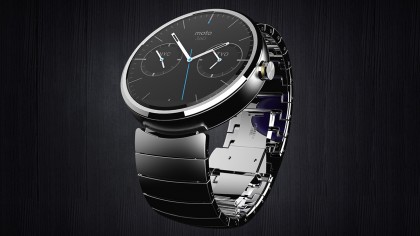
At launch the Samsung Gear 2 was arguably the best looking smartwatch around, but I'd be inclined to say that the Moto 360 has it beat.
With a stylish circular metal face it not only looks premium but a lot more like a conventional wrist watch than Samsung's approach and I'm a fan of its Qi inductive charger.
It also runs Android Wear and as such has wider device compatibility than the Gear 2 and in all likelihood will have more developer support.
All that and the Moto 360 is even cheaper at £200 / $250 / AU$275, but it's far from being perfect. You'll likely struggle to get much more than a day of battery life out of it and its screen isn't as crisp as Samsung's Super AMOLED ones.
It's also disappointingly underpowered, but if form is as important to you as function it's well worth considering.
Sign up for breaking news, reviews, opinion, top tech deals, and more.
Samsung Gear Live
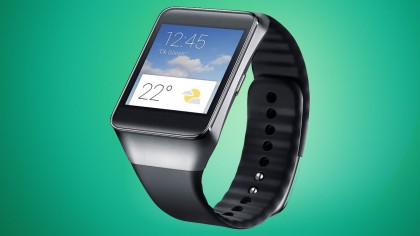
Samsung has hedged its bets by jumping on the Android Wear train as well as supporting Tizen. The Gear Live is its first attempt at an Android Wear device and it's a decent stab.
It has a similar industrial design to the Gear 2 and some of the same bells and whistles, such as a heart rate monitor. It even shares the same 1.63-inch screen size and comes in a fair bit cheaper at £170 / $200 / AU$250.
But it lacks a camera and its battery life tops out at around a day, which leaves it running the risk of dying before you can get to a charger. If it wasn't for that this would be easy to recommend over the Gear 2.
LG G Watch
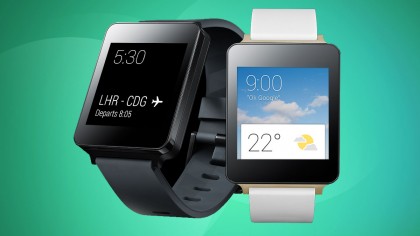
LG was one of the first on the scene with an Android Wear watch, alongside Samsung, but its G Watch doesn't stand up quite so well, despite the low £159 / $229 /AU$290 price tag.
It's dust and water resistant which is nice and it's lightweight at 63g, but it has a cheap design and the screen is hard to view in direct sunlight, both of which are problems that the Gear 2 doesn't suffer from.
On the plus side it's one of the better performing smartwatches when it comes to battery life, as you can get almost two days from it with moderate use, which almost matches the Gear 2. It's probably a worse device overall, but it's also a whole lot cheaper.
LG G Watch R
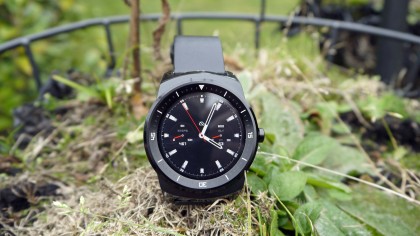
Not content with its underwhelming first stab at an Android Wear watch, LG is back with the G Watch R. This sports similarly impressive two day battery life, a stylish round face and a bright screen with strong colours.
It also delivers reasonable performance, easily outmatching the Moto 360 and even includes a heart rate monitor, though there's no camera and at £220 / $250 / AU$280 it's almost as expensive as the Samsung Gear 2.
Sony Smartwatch 2
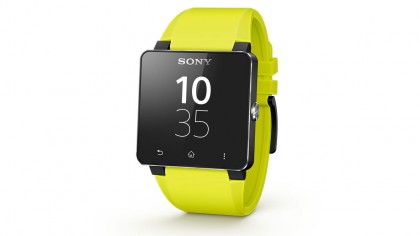
Sony probably grunts grumpily whenever it's mentioned in the same breath as Samsung in the smartwatch arena as it's been playing here for a long time.
Whether you consider the MBW 200 as its first true smartwatch, allowing you to see notifications from your phone via Bluetooth through a tiny OLED screen, or the LiveView device which promised so much and delivered so little, there's no doubt the brand has been active for a number of years with wrist-based wearables.
When comparing the Gear 2 with the Smartwatch 2, a few obvious differences stand out, and one of the biggest is the fact that Sony's option is compatible with a wider range of Android devices, compared to Samsung which has limited the Gear to its own family.
The Sony option has a longer-lasting battery of around 4 days, although doesn't pack the same Bluetooth LE standard as seen on the Gear range – however, this does allow an even wider range of connectivity with phones running Android 4.0 Ice Cream Sandwich and above.
It's a thinner device too, at 42 x 41 x 9mm, and its styling are on a par with those seen on the Gear 2 – it's almost got a designer label look about it. It's also nearly 40% cheaper than the Gear 2, making it an attractive choice.
Pebble Steel
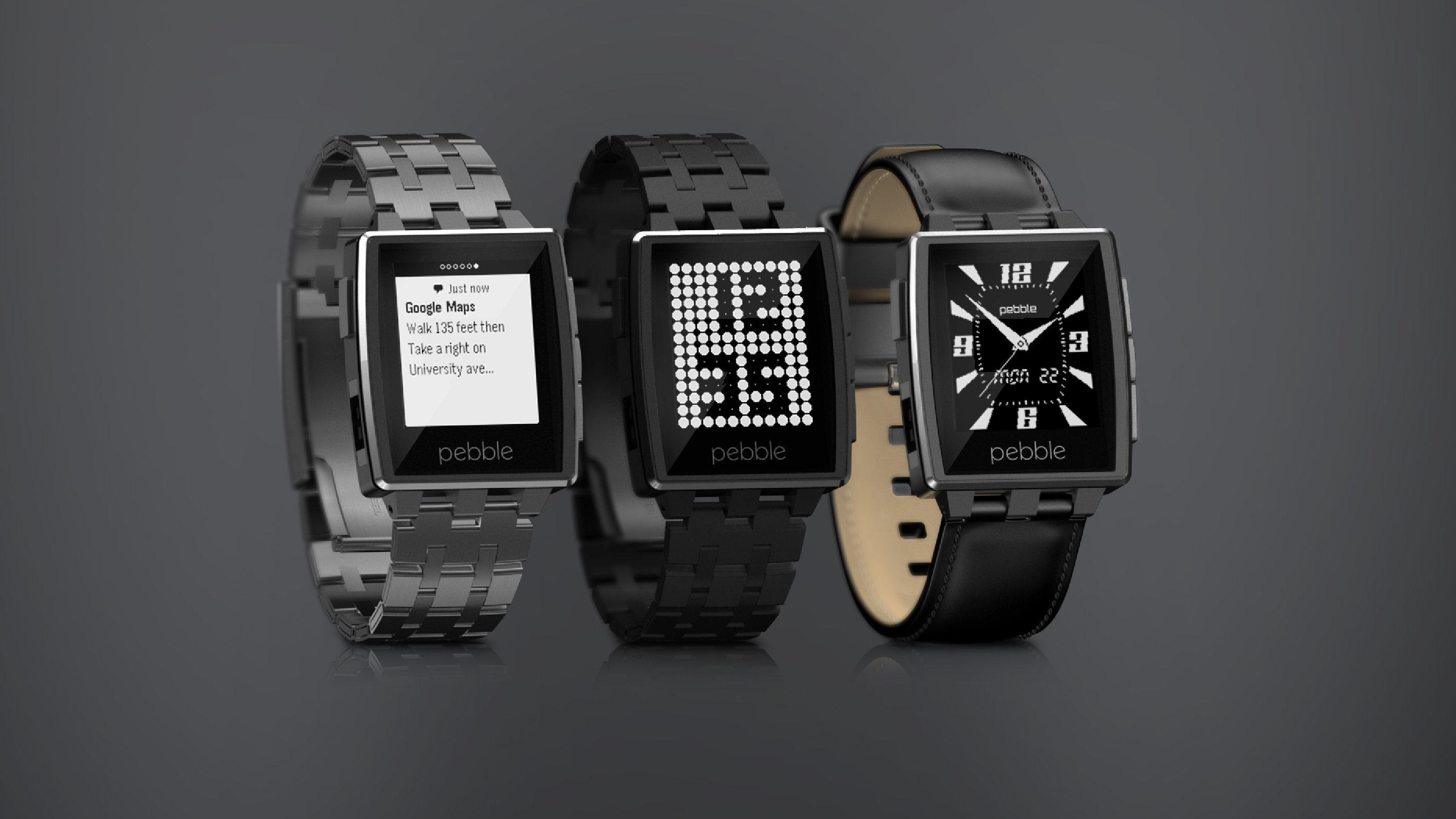
The Pebble range might be a little under the radar for some prospective buyers, but it's garnering some decent attention among the wearables community.
A project that began as a Kickstarter campaign has now led to two iterations of the cheaper smartwatch, and at $200 / £170 the Pebble Steel is a really neat device.
It's compatible with both iOS and Android, has a metal frame and interchangeable bands and uses an LCD display without a backlight to give a week's use on one charge (it does pack a backlight too when you need it, making it more akin to E-ink than the LCD you'd find in your TV).
It too is waterproof and offers all the usual elements you'd associate with a smartwatch in terms of notifications. It's a lot less polished than those from Sony and Samsung, but it's also got a really vibrant developer community playing with it.
You can have a Super Mario character that hits a coin box to let you know the time. Tell me that's not awesome.
Samsung Gear Neo

They often say your worst enemy is the one closest to you… or something. But in creating the Gear 2 and Gear 2 Neo, Samsung has set up two nemeses in the smartwatch world.
Well, I can't really see how the Gear 2 could win, unless you've got someone with too much money, a penchant for metal things and a desperation to take pictures like a spy from their wrist… but with a shutter sound.
The Gear 2 Neo is lighter, just as fast and waterproof and a third cheaper than its metallic brethren, and given the specs are almost identical I can't see a reason to recommend the Gear 2 over this altogether more palatable option.
Samsung Galaxy Gear

There's not a lot of reason to consider the original Galaxy Gear over the newer version, seeing as it's still actually quite expensive and likely to be phased out.
It does have some unique styling thanks to the faux screws on the front, and the display is identical to the newer model, but it's light years behind in terms of functionality, though some of those issues can be fixed by updating it to run Tizen.
The wallpaper can't be changed, the band is locked in and the battery life is considerably poorer. In short, don't get it over the Gear 2 or Gear 2 Neo – unless you're desperate to own a piece of Samsung history.

Gareth has been part of the consumer technology world in a career spanning three decades. He started life as a staff writer on the fledgling TechRadar, and has grew with the site (primarily as phones, tablets and wearables editor) until becoming Global Editor in Chief in 2018. Gareth has written over 4,000 articles for TechRadar, has contributed expert insight to a number of other publications, chaired panels on zeitgeist technologies, presented at the Gadget Show Live as well as representing the brand on TV and radio for multiple channels including Sky, BBC, ITV and Al-Jazeera. Passionate about fitness, he can bore anyone rigid about stress management, sleep tracking, heart rate variance as well as bemoaning something about the latest iPhone, Galaxy or OLED TV.
